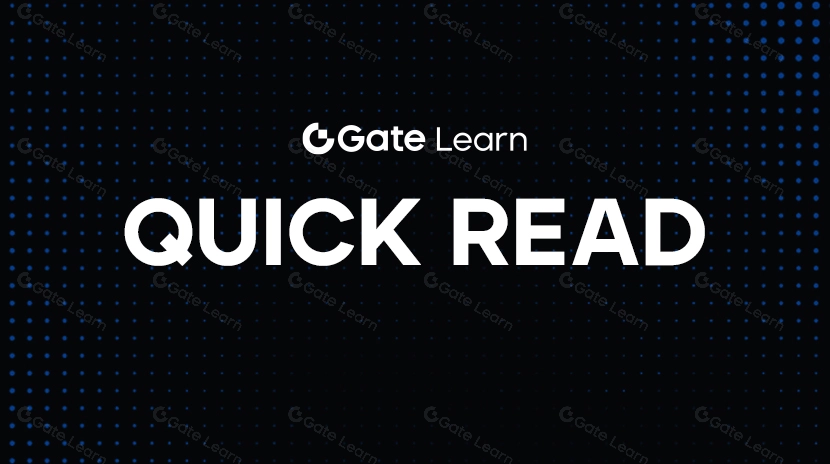Moteur de recherche sur chaîne de Solana : un guide utilisateur de Solscan
Qu'est-ce que Solscan?
SolscanSolscan est un navigateur blockchain complet sur le réseau Solana et est maintenant devenu l'alternative principale à l'explorateur officiel de Solana. En tant qu'outil orienté utilisateur, Solscan visualise et simplifie des données de transaction et de compte hautement complexes et techniques dans la blockchain Solana à travers une conception d'interface intuitive, le rendant facile à utiliser et à comprendre même pour les utilisateurs sans antécédents techniques.
Le but initial du développement de la plateforme était de résoudre le problème de l'absence de navigateurs blockchain de haute qualité dans l'écosystème Solana. Avant Solscan, les utilisateurs étaient confrontés à des options d'outils limitées, une couverture fonctionnelle incomplète et des difficultés à répondre aux besoins diversifiés des développeurs, des investisseurs et des utilisateurs ordinaires en matière de données on-chain. L'émergence de Solscan a comblé ce fossé et amélioré l'observabilité et la disponibilité des données de l'écosystème Solana.
En termes de fonctionnalité, Solscan offre un suivi complet et des informations détaillées sur les enregistrements de transactions, la hauteur des blocs, les adresses de portefeuille, les contrats intelligents, les actifs de jetons, et même les NFT. Il intègre même des tableaux de bord en temps réel, permettant aux utilisateurs de visualiser des métriques clés telles que les activités des protocoles DeFi, les données de mise en jeu, le statut des nœuds validateurs, et est largement connu sous le nom de "moteur de recherche on-chain" pour Solana, favorisant ainsi la sensibilisation des utilisateurs à l'écosystème et l'efficacité des décisions d'investissement.

Solscan est un navigateur blockchain complet sur le réseau Solana (Source de l'image: https://solscan.io/)
Principe de fonctionnement de Solscan
La logique technique de Solscan réside dans la soumission de demandes avec des API standardisées, l'analyse des données brutes on-chain, puis la structuration et l'affichage de celles-ci. Elle repose sur une architecture de requête et de traitement des données efficace. Lorsque les utilisateurs saisissent du contenu de recherche (tel que des adresses de portefeuille, des hachages de transaction, etc.) dans Solscan, le frontend convertira ces demandes en formats standard lisibles par machine via des API et relaiera les demandes au serveur backend pour le traitement des données.
Les serveurs backend de Solscan sont connectés en temps réel aux nœuds de la blockchain Solana. Après avoir reçu une demande, ils récupèrent les données brutes pertinentes on-chain, telles que les informations sur les jetons, les enregistrements d'interaction de contrat, etc. Ensuite, ces données brutes sont analysées, restructurées et étiquetées, les transformant en contenu lisible par l'utilisateur dans un format normalisé. Enfin, les utilisateurs peuvent accéder intuitivement aux informations sur le frontend de la page web sous forme de graphiques, étiquettes, tableaux, etc.
Le processus entier ne nécessite que des utilisateurs de cliquer ou d'entrer des mots-clés sur la page pour compléter la récupération d'informations et la présentation visuelle. Cette expérience d'exploitation à guichet unique et sans programmation réduit considérablement la courbe d'apprentissage de l'utilisateur et améliore la transparence des données et la convivialité du réseau Solana.

Comment fonctionnent les navigateurs blockchain (Source de l'image: https://cryptomaniaks.com/what-is-a-block-explorer-in-crypto)
Principales fonctions de Solscan
- Fonction de suivi des transactions
Le principal avantage de Solscan est sa puissante capacité de recherche de données de transaction. Sur la blockchain Solana, chaque transaction est identifiée par un ensemble unique de signatures appelé 'Signature', qui est une longue chaîne de lettres et de chiffres. Les utilisateurs n'ont qu'à copier-coller la signature de la transaction dans la barre de recherche de Solscan pour consulter rapidement des informations détaillées sur la transaction, notamment mais pas exclusivement le statut d'exécution, les adresses impliquées, la consommation de gaz, etc. - Surveillance du portefeuille et de l'adresse
Pour les développeurs, les chercheurs et autres utilisateurs ayant des besoins approfondis, suivre le flux de fonds et l'historique des opérations des adresses de portefeuille spécifiques est crucial. Les utilisateurs peuvent saisir n'importe quelle adresse de portefeuille Solana (généralement plus courte que les signatures de transaction) dans la barre de recherche pour accéder instantanément à des données détaillées telles que le solde du compte, les actifs détenus, l'historique des transactions et plus encore. Ceci est particulièrement utile pour vérifier les flux de fonds des projets, surveiller le comportement des déployeurs de contrats ou identifier des activités anormales. Suivi des informations sur les jetons
Solscan prend également en charge les requêtes en temps réel pour les actifs de jetons, affichant des informations clés telles que l'offre totale de jetons, le nombre d'adresses détenant des jetons et la distribution des jetons. Cependant, pour garantir l'exactitude, il est conseillé aux utilisateurs d'utiliser les adresses de contrat fournies par les sites Web officiels ou les plateformes d'autorité pour la recherche.
Page d'accueil du site officiel de Solscan (Source de l'image :https://solscan.io/)- Tableau de bord DeFi
Dans le secteur de la DeFi, Solscan fournit un tableau de bord complet pour les bourses décentralisées principales de l'écosystème Solana, y compris Raydium, Orca et Sabre. Les utilisateurs peuvent accéder rapidement aux pages de protocole via le menu DeFi sur la page d'accueil du site Web ou les options déroulantes dans la barre de navigation pour consulter des données clés telles que les paires de trading, la TVL et l'état des pools, facilitant la comparaison et les références à la prise de décision. - Exploration et suivi des NFT
Avec le développement rapide des NFT sur Solana, Solscan a également intégré un puissant module de requête NFT. Les utilisateurs peuvent accéder au tableau de bord dédié en cliquant sur l'onglet 'NFT' dans la barre de navigation, rechercher des projets NFT spécifiques et consulter leurs métadonnées, l'historique des transactions, la distribution de la rareté et les performances actuelles du marché, ce qui est d'une grande valeur pour les collectionneurs de NFT et les observateurs de projets.
Avantages d'utilisation de Solscan
Tout d'abord, Solscan est ouvert à tous les utilisateurs sans aucun frais, même sans avoir à s'inscrire, les utilisateurs peuvent directement interroger les transactions. Pour les utilisateurs ayant des besoins de personnalisation plus élevés, la plateforme prend également en charge la création rapide de comptes personnels pour débloquer des fonctionnalités plus personnalisées et des paramètres d'affichage.
En termes de conception d'interface, Solscan continue le style de mise en page similaire au célèbre navigateur Ethereum Etherscan, offrant une structure de page d'accueil dense en informations et ordonnée. Les utilisateurs peuvent rapidement comprendre l'état du réseau et les tendances des prix de SOL, et ces expériences opérationnelles intuitives réduisent considérablement le seuil d'utilisation, en particulier dans l'exploration des données du secteur NFT. Les utilisateurs peuvent facilement accéder à différents modules via la barre de navigation, offrant une excellente expérience.
La présentation visuelle du suivi des transactions est également un point fort majeur de Solscan. En cas de statut de transaction incertain et de retards de transaction, il peut encore clairement montrer le chemin d'exécution on-chain, éliminant efficacement la confusion pour les utilisateurs novices dans le processus d'interaction blockchain. De plus, Solscan intègre plusieurs tableaux de bord très pratiques, tels que le panneau de suivi des fonds spécialement conçu pour les applications DeFi, offrant un aperçu complet des opérations internes et de l'état du projet de l'écosystème.

Panneau de suivi DeFi Solscan (Source de l'image :https://solscan.io/amm/jupiter)
Alternative Solscan
Dans l'écosystème de la blockchain Solana, en plus du navigateur Solscan largement utilisé, les utilisateurs peuvent également choisir d'autres navigateurs de blockchain avec des fonctions différentes pour répondre à divers besoins de requête et d'analyse. Voici plusieurs principales alternatives à Solscan :
Tout d'abord, Solana Explorer est l'explorateur blockchain officiel, offrant des capacités de requête de données de base et stables. Les utilisateurs peuvent récupérer des enregistrements de transaction, des comptes réseau, des informations sur les jetons et vérifier l'état d'exécution de blocs ou de programmes spécifiques via cette plateforme. De plus, il fournit en temps réel des indicateurs clés du réseau principal, tels que le débit des transactions, la hauteur des blocs et le nombre actuel de validateurs. Cependant, par rapport à Solscan, qui offre plus de fonctionnalités, l'explorateur officiel ne dispose pas de tableaux de bord dédiés pour les protocoles DeFi et les projets NFT, et son affichage d'informations est relativement simple, le rendant plus adapté pour visualiser des données on-chain de base.

Navigateur réseau officiel Solana (Source de l'image:https://explorer.solana.com/)
En outre, l'explorateur Solana OKLink est un produit de navigateur lancé par l'écosystème OKX, avec un haut degré d'intégration fonctionnelle. En plus des informations de transaction de base et des requêtes d'informations sur les jetons, la plateforme prend également en charge la gestion des libellés d'adresse et la surveillance des comportements, permettant aux utilisateurs de personnaliser le suivi des activités d'adresse spécifiques, renforçant leur capacité à saisir le flux des fonds on-chain. En même temps, le navigateur fournit un ensemble riche d'interfaces API pour que les développeurs puissent appeler et intégrer des ressources de données on-chain. En termes d'expérience utilisateur, OKLink fournit également des outils pratiques tels que la gestion de l'autorisation de jeton, renforçant la commodité et la sécurité des opérations on-chain.

Page d'exploration OKLink Solana en cours d'utilisation (Source de l'image:https://www.oklink.com/sol)
Conclusion
Solscan complète les lacunes du navigateur officiel Solana en termes de fonctionnalité, et l'expérience utilisateur évolue continuellement vers la convivialité et la diversification des scénarios. C'est un pont important reliant les utilisateurs ordinaires et le monde on-chain, et avec ses fonctions multidimensionnelles et sa conception ouverte, il est devenu l'une des infrastructures les plus représentatives de l'écosystème Solana. Face à la demande croissante d'analyse de données on-chain, à l'avenir, on s'attend à ce que Solscan élargisse continuellement ses frontières en s'intégrant profondément avec les secteurs DeFi, NFT, staking et de vérification, fournissant aux utilisateurs des capacités d'analyse on-chain plus intelligentes et plus complètes. Pour les utilisateurs qui souhaitent approfondir leur compréhension de l'écosystème Solana et améliorer leurs capacités d'analyse on-chain, la plateforme Solscan est sans aucun doute l'entrée la plus digne de confiance.
Articles Connexes
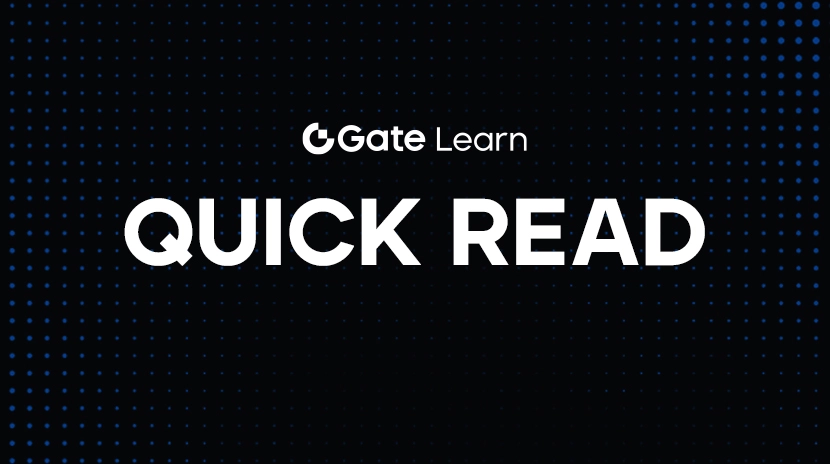
Pi Network (PI) au taux de change du franc CFA d'Afrique de l'Ouest (XOF) : Valeur actuelle et guide de conversion
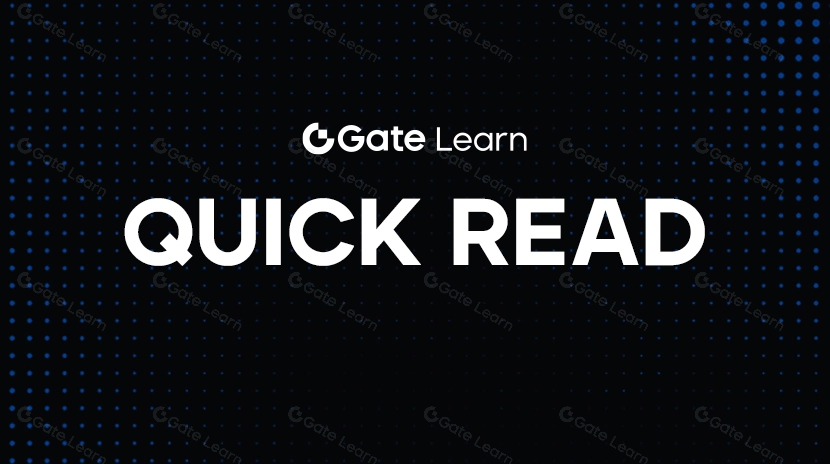
Comment vendre la pièce PI : Guide du débutant
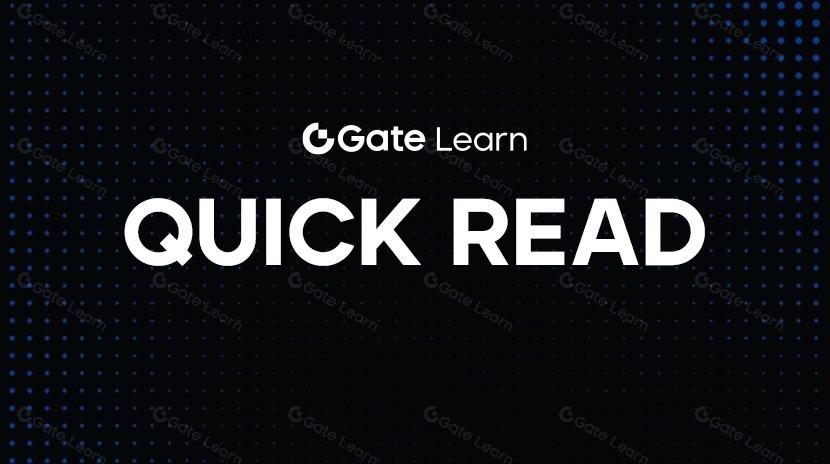
Valeur de Pi Crypto : Lancement sur Mainnet le 20 février 2025 & Prédictions de prix futures
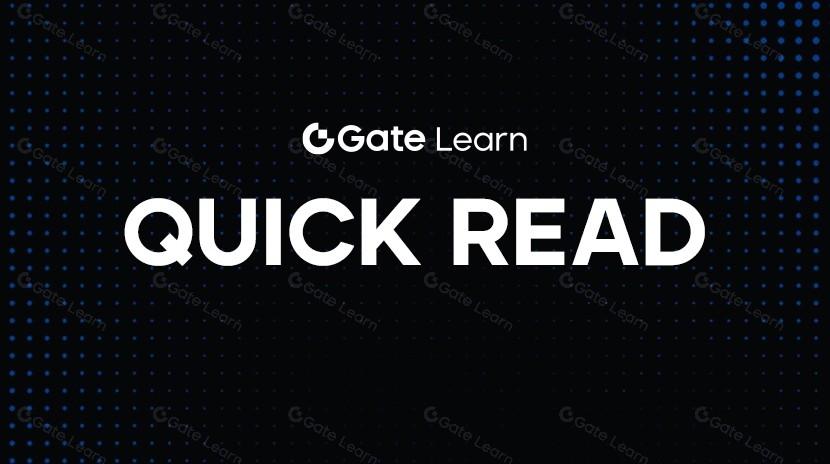
Qu'est-ce que FAFO : jeton MEME dérivé de la plateforme sociale de Trump
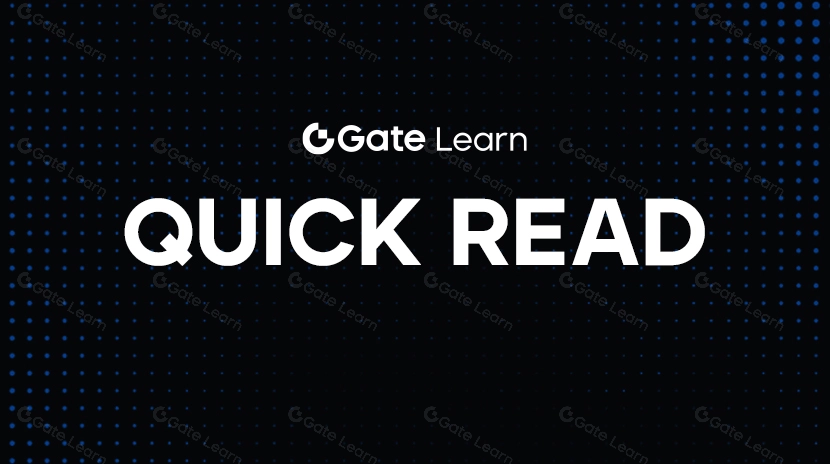
Est-ce que XRP est un bon investissement? Un guide complet sur son potentiel
